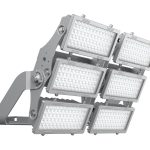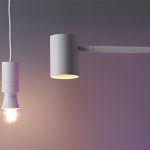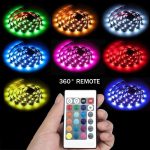Longevity Unwrapped: How Long Do LED Light Strips Really Last?
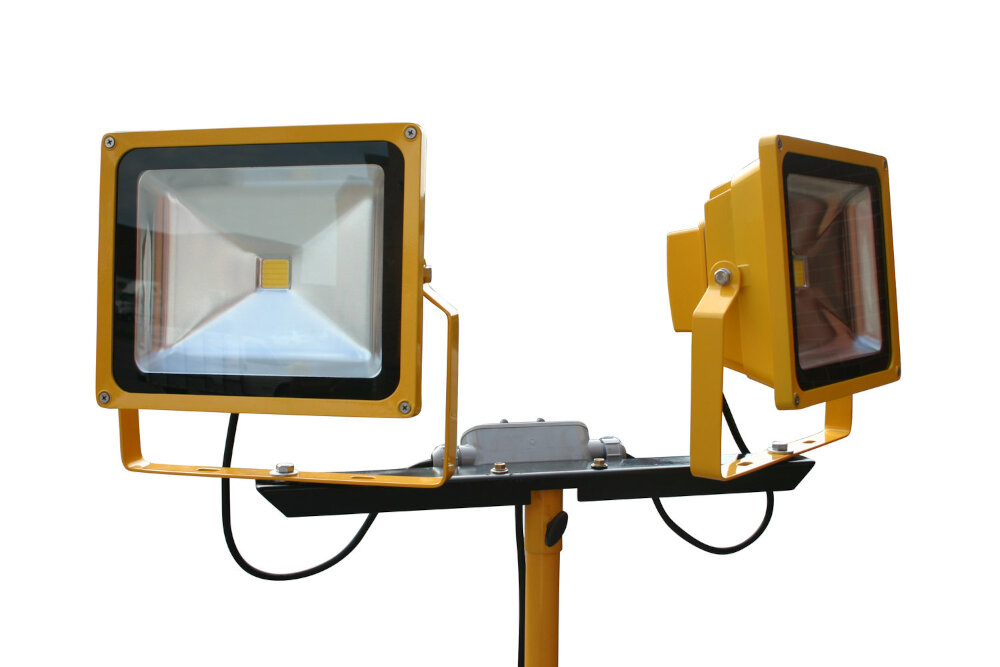
Light-emitting diode (LED) light strips have become increasingly popular in recent years due to their energy efficiency, versatility, and ease of use. They are commonly used for both decorative and functional purposes, and can be found in a wide range of settings, from homes and offices to restaurants and retail stores. However, one question that often arises when it comes to LED light strips is how long they actually last. While LED technology is known for its longevity, there are a number of factors that can impact the lifespan of these lighting solutions. In this article, we’ll take a closer look at the topic of longevity when it comes to LED light strips, exploring the factors that can impact their lifespan and providing insight into how long you can expect these lighting solutions to last. When it comes to LED light strips, there are a number of variables that can impact their lifespan. These variables include the quality of the LED chips themselves, the quality of the materials used in the construction of the strips, and the conditions under which the strips are used. For example, LED light strips that are used in areas with high levels of moisture or heat may not last as long as those that are used in more moderate conditions. Additionally, LED light strips that are exposed to direct sunlight or other sources of UV radiation may degrade more quickly than those that are not. By understanding these variables and taking steps to mitigate their impact, it may be possible to extend the lifespan of your LED light strips and get the most out of your investment.
LED light strips are flexible and versatile lighting solutions with a range of colors and brightness levels. They consist of a series of small LED bulbs that emit light when electricity passes through them. LED light strips have become increasingly popular in recent years due to their energy efficiency, long lifespan, and ease of installation. They are commonly used for accent lighting, under-cabinet lighting, and even as a primary light source for rooms. The popularity of LED light strips is also due to their ability to create unique and creative lighting effects that add a touch of ambiance to any space. Additionally, LED light strips are low-maintenance and do not emit heat, making them a safe and reliable lighting option.
Understanding the lifespan of LED light strips is essential for a variety of reasons. Firstly, it allows users to make informed decisions when purchasing LED light strips, as they can choose products that are cost-effective and long-lasting. Knowing the lifespan of LED light strips can also help users plan their lighting needs and make adjustments accordingly. Additionally, understanding the lifespan of LED light strips can help users avoid the inconvenience and cost of frequently replacing the lighting, which can be a significant burden in both residential and commercial settings. Overall, having a good understanding of the lifespan of LED light strips is crucial for anyone looking to use this lighting technology effectively and efficiently.
Factors Affecting LED Light Strip Lifespan
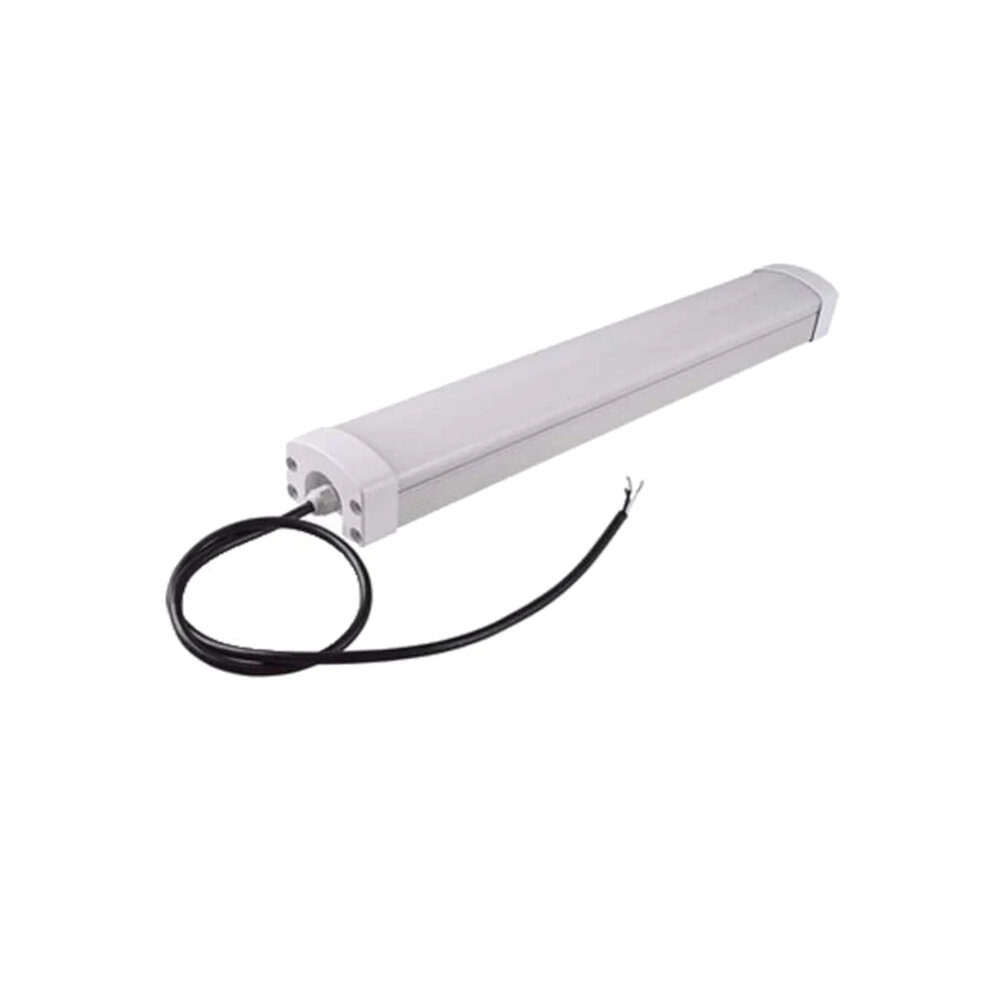
LED light strips are a popular and energy-efficient lighting solution that provides a stunning ambiance to any room or space. However, their lifespan depends on several factors that can affect their durability and performance. One of the primary factors that determine the LED light strip lifespan is the quality of the LED chips used. High-quality LED chips are designed to withstand high temperatures and voltage fluctuations, which can significantly prolong their lifespan. On the other hand, low-quality LED chips are prone to overheating, which can lead to premature failure and reduced performance. Another critical factor that affects the LED light strip lifespan is the operating conditions. LED light strips are designed to operate within a specific temperature range, and exposure to extreme temperatures can cause damage to the LED chips and reduce their lifespan. Similarly, exposure to moisture and humidity can also affect the LED light strip’s performance and lifespan. Therefore, it is essential to ensure that you install the LED light strips in a dry and cool environment to ensure maximum longevity. Additionally, factors such as power supply quality, voltage stability, and the frequency of use can also affect the LED light strip lifespan, and it is crucial to consider these factors when selecting and installing LED light strips.
The quality of materials used to manufacture LED light strips plays a crucial role in determining their longevity. High-quality materials such as copper and aluminum are often used to manufacture LED strips as they are known for their durability and ability to dissipate heat efficiently. Additionally, the quality of the adhesive used to attach the LED strip to a surface is also important as it affects the strip’s ability to stay in place over time. Poor quality adhesive may result in the strip falling off or losing its stickiness, reducing its lifespan. Therefore, it is essential to consider the quality of materials used in the construction of LED light strips when making a purchase to ensure maximum longevity.
The longevity of LED light strips can be significantly affected by their operating conditions. The temperature and humidity levels of the environment in which the LED light strips are used can play a crucial role in determining their lifespan. LED light strips are designed to operate within a specific temperature range, typically between -20°C to 50°C, and in a low humidity environment. Exposing LED light strips to excessively high or low temperatures, or high humidity levels, can cause them to malfunction or even fail prematurely. Additionally, the operating conditions of LED light strips can also impact their brightness and color output over time. Therefore, it is important to consider the operating conditions of LED light strips when deciding on their placement and usage to ensure they have the longest lifespan possible.
Usage patterns play a significant role in determining the lifespan of LED light strips. Factors such as the frequency and duration of usage, the environment in which they are used, and the level of maintenance contribute to the wear and tear of the strips. If LED strips are used for extended periods, they may need more frequent maintenance and replacement of specific components. Additionally, the temperature and humidity levels of the environment can also impact the lifespan of the LED strips. Therefore, it is essential to use LED light strips in a way that is appropriate for the environment and to maintain them regularly to ensure that they last as long as possible.
Maintenance and care play a crucial role in extending the lifespan of LED light strips. To ensure optimal performance, it is important to keep the strips clean and free of dust and debris. Regular cleaning with a soft cloth and gentle cleaning solution is recommended to prevent damage to the LED lights. In addition, it is important to avoid overloading the strips with too much voltage or current, which can cause overheating and premature failure. Proper installation and placement of the strips can also help to reduce wear and tear on the components, ensuring that they last for many years to come. By taking care of your LED light strips, you can enjoy their beautiful illumination for an extended period of time.
Typical Lifespan of LED Light Strips
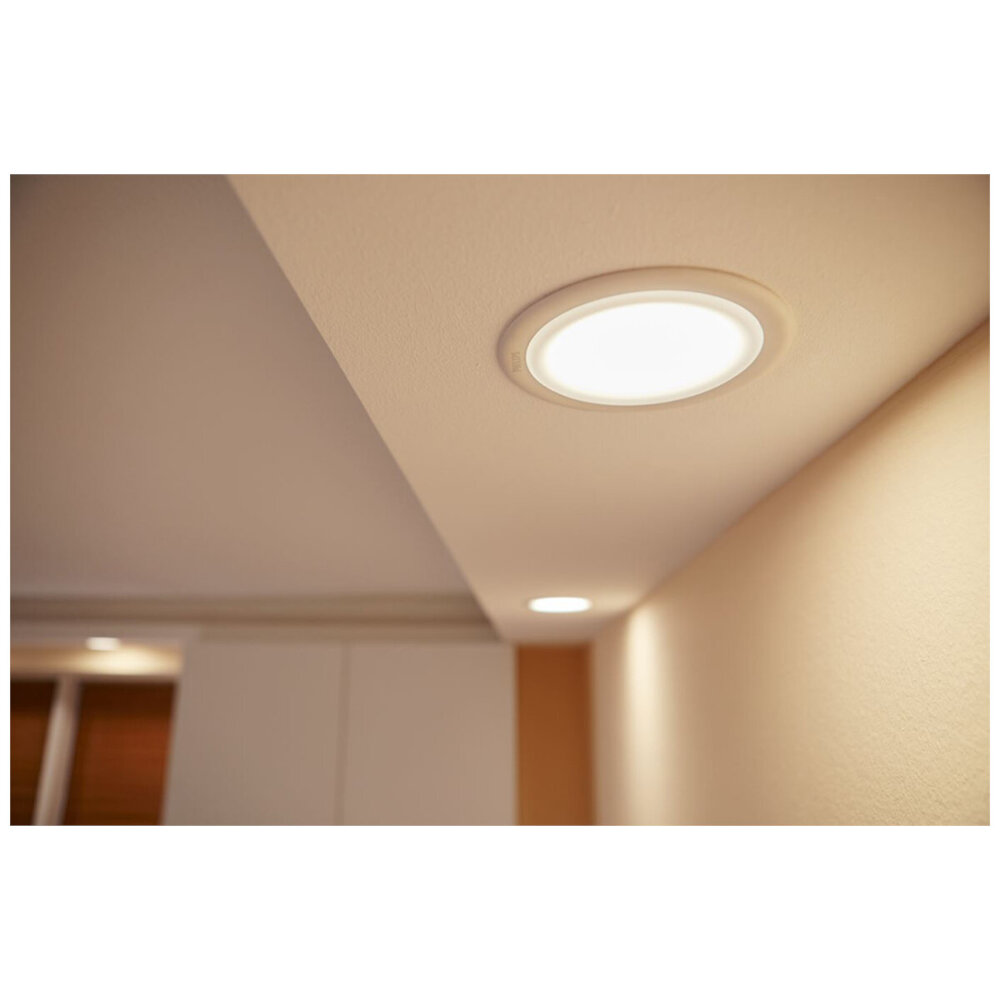
LED light strips have become increasingly popular in recent years, mainly due to their energy efficiency and long lifespan. The typical lifespan of LED light strips varies depending on various factors such as usage, quality, and maintenance. On average, LED light strips can last between 30,000 to 50,000 hours, which is significantly longer than traditional lighting options such as incandescent bulbs or fluorescent tubes. One of the significant advantages of LED light strips is their low energy consumption, which translates into longer lifespan and lower maintenance costs. Additionally, LED light strips offer a higher level of durability and resistance to environmental factors such as humidity and temperature fluctuations. However, it is essential to note that LED light strips can experience premature failure if not maintained properly, such as exposure to excessive moisture or prolonged exposure to direct sunlight. Therefore, it is recommended to follow the manufacturer’s instructions and take necessary precautions to ensure the longevity of LED light strips.
LED light strips have become increasingly popular in recent years, and as a result, there are now a wide range of options available with varying degrees of lifespan. On average, high-quality LED light strips can last anywhere from 30,000 to 50,000 hours, or roughly 3-5 years of continuous use. However, it’s important to note that the lifespan of LED light strips can vary based on several factors such as the quality of the materials, the frequency and duration of use, and the operating temperature. Additionally, some LED light strips may be designed for specific applications, such as outdoor use, and may have a longer or shorter lifespan depending on the environment they are used in. Ultimately, the lifespan of LED light strips can vary widely depending on these factors, but with proper care and maintenance, they can provide reliable and long-lasting lighting solutions for a variety of applications.
LED light strips are becoming increasingly popular in today’s world due to their low energy consumption, durability, and flexibility. In terms of lifespan, the longevity of LED light strips can vary depending on various factors such as usage, quality of materials, and environmental conditions. However, on average, high-quality LED light strips can last up to 50,000 hours, which is equivalent to approximately 6 years of continuous usage. For example, LED light strips installed in commercial buildings such as supermarkets or hotels can last up to 5 years, while LED light strips used in residential homes can last up to 10 years or more. Despite the initial cost being higher than traditional lighting options, the longevity and energy efficiency of LED light strips make them a worthwhile investment in the long run.
Extending the Lifespan of LED Light Strips
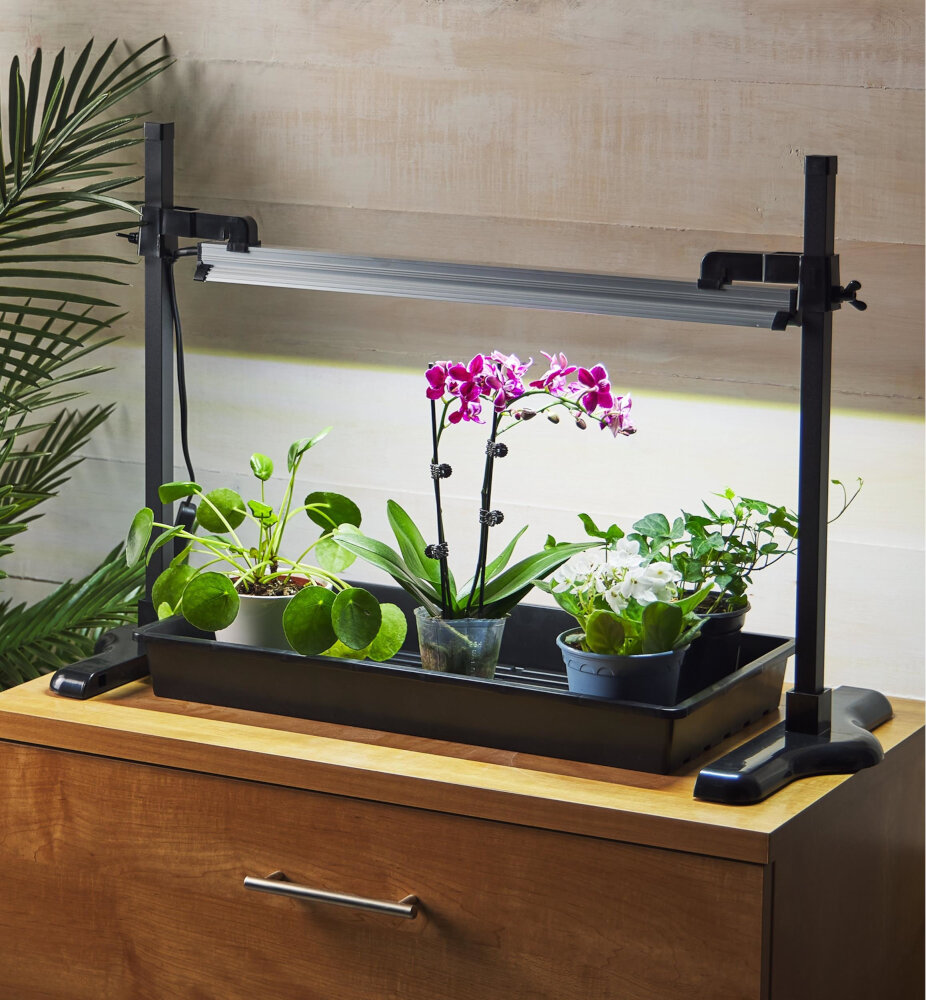
LED light strips have become a popular lighting solution in recent years due to their energy efficiency, low heat emission, and versatility. However, understanding how to extend their lifespan is crucial to achieve maximum performance and avoid premature failure. One of the most important factors that impact LED light strip longevity is temperature. These strips generate heat when in use, and excessive heat can cause damage to the LED chips and degrade the adhesive backing that holds the strip in place. To mitigate this, it’s recommended to install LED light strips on heat-resistant surfaces and avoid installing them in areas that are exposed to direct sunlight or high temperatures. Additionally, using an efficient heat sink can help to dissipate the heat generated by the LED chips, which can prolong their lifespan. Another key consideration when it comes to extending the lifespan of LED light strips is proper installation and maintenance. Poor installation can cause damage to the LED chips or weaken the adhesive backing, which can lead to failure over time. It’s important to follow the manufacturer’s instructions carefully and ensure that the strip is properly secured and not bent at sharp angles during installation. Additionally, regular cleaning can help to prevent dust and debris from accumulating on the strip, which can cause overheating and damage to the LED chips. By taking care to install and maintain LED light strips properly, it’s possible to extend their lifespan and enjoy reliable performance for years to come.
Proper maintenance and care are essential for getting the most out of your LED light strips. Firstly, it’s crucial to avoid overloading the strips with power as this can cause damage and shorten their lifespan. Secondly, ensure that the strips are not exposed to water or moisture as this can cause corrosion and damage the circuitry. Additionally, make sure to clean the strips regularly using a soft, dry cloth to remove any dirt or dust build-up that could affect their performance. Lastly, store the LED light strips in a cool and dry place when not in use to prevent any damage from heat or humidity. By following these tips, you can help ensure the longevity and optimal performance of your LED light strips for years to come.
One of the most important factors in extending the lifespan of LED light strips is to reduce wear and tear. One way to achieve this is by choosing a high-quality LED light strip with a suitable operating voltage for your needs. Additionally, proper installation and maintenance can also help reduce wear and tear. Avoiding overloading the strips, limiting exposure to moisture and humidity, and keeping the strips clean and free from debris are all practical steps to take. It is also recommended to use a power supply with surge protection and to avoid frequent on/off switching, which can cause a significant amount of stress on the LED diodes. Taking these steps will help ensure that your LED light strips last for years to come.
The article \Longevity Unwrapped: How Long Do LED Light Strips Really Last\ explores the lifespan of LED light strips commonly used in homes and businesses. The author highlights that the lifespan of LED light strips can vary greatly depending on factors such as the quality of the product, usage patterns, and environmental conditions. Additionally, the article emphasizes the importance of proper installation and maintenance to ensure longevity. The author concludes that while LED light strips generally have a longer lifespan than traditional lighting options, it is important to do research and invest in high-quality products to ensure maximum longevity.
In conclusion, the lifespan and longevity of LED light strips depend on various factors, such as the quality of materials, usage, and environment. However, with proper installation, maintenance, and handling, an LED light strip can last up to 50,000 hours or more, providing long-term cost savings and energy efficiency. It is crucial to choose a reputable brand and supplier, as well as follow the manufacturer’s instructions for optimal performance and safety. Additionally, it is essential to monitor the LED light strip’s temperature and avoid overloading the power supply to prevent damage or failure. Overall, investing in high-quality LED light strips and taking proper care of them can ensure years of reliable and sustainable lighting.
Conclusion
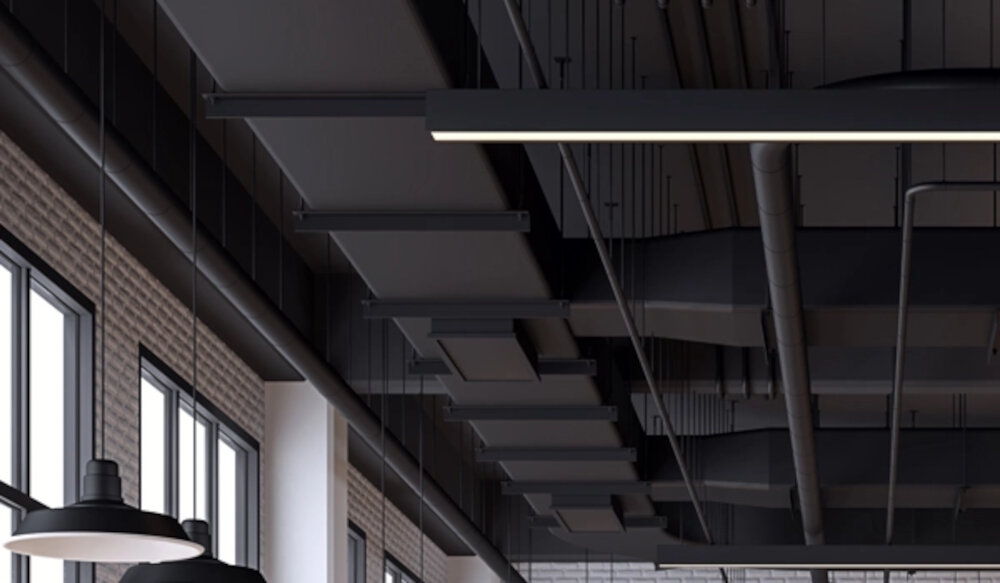
In conclusion, LED light strips have revolutionized the lighting industry with their energy-efficiency, durability, and versatility. While their lifespan varies depending on several factors like usage, quality, and maintenance, they generally last much longer than traditional light sources. LED light strips offer a cost-effective and eco-friendly alternative to outdated lighting systems, making them an excellent investment for both residential and commercial applications. With proper care and installation, LED light strips can provide exceptional illumination for years, making them an excellent choice for any lighting project.

